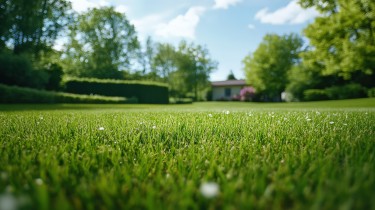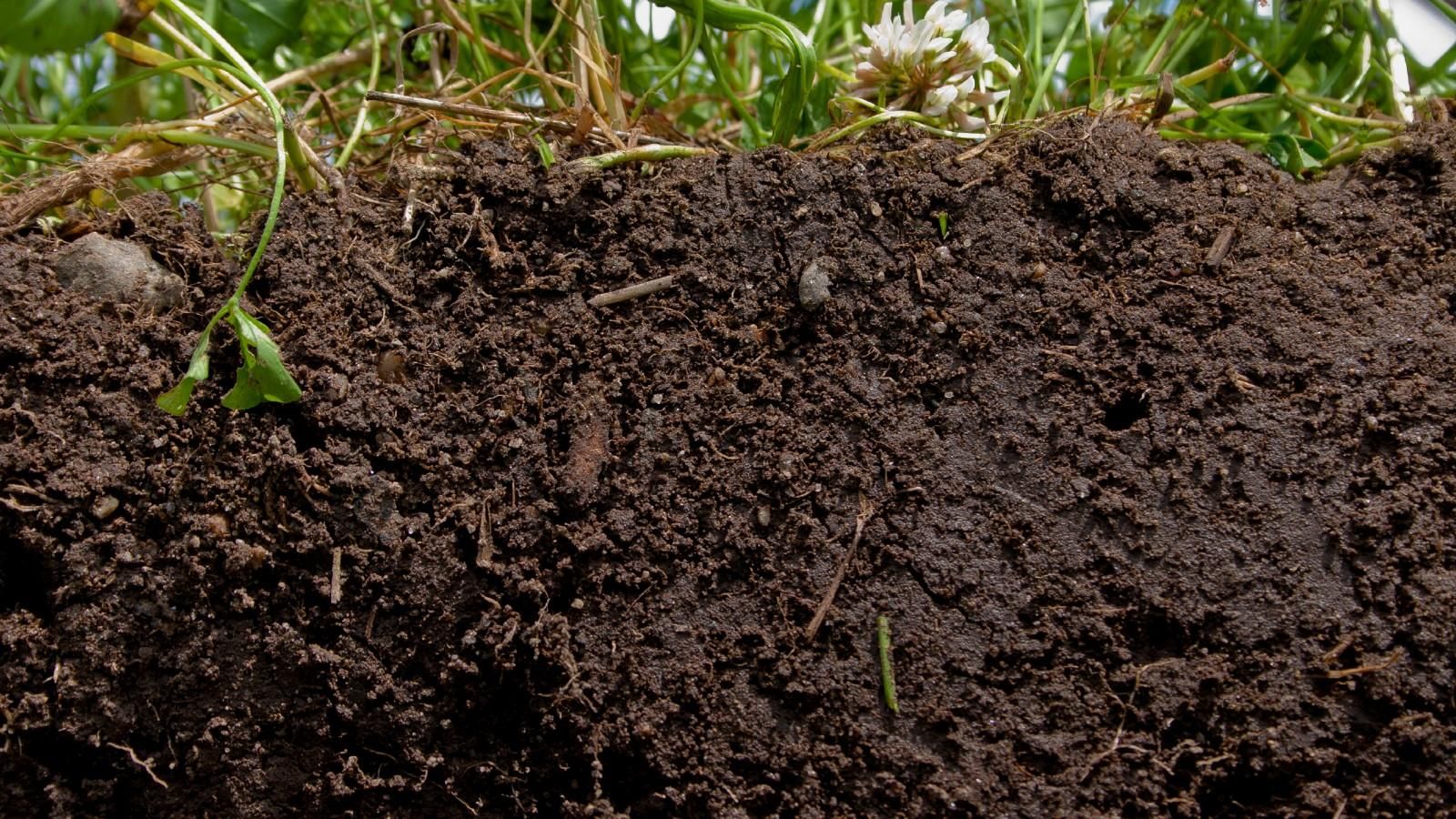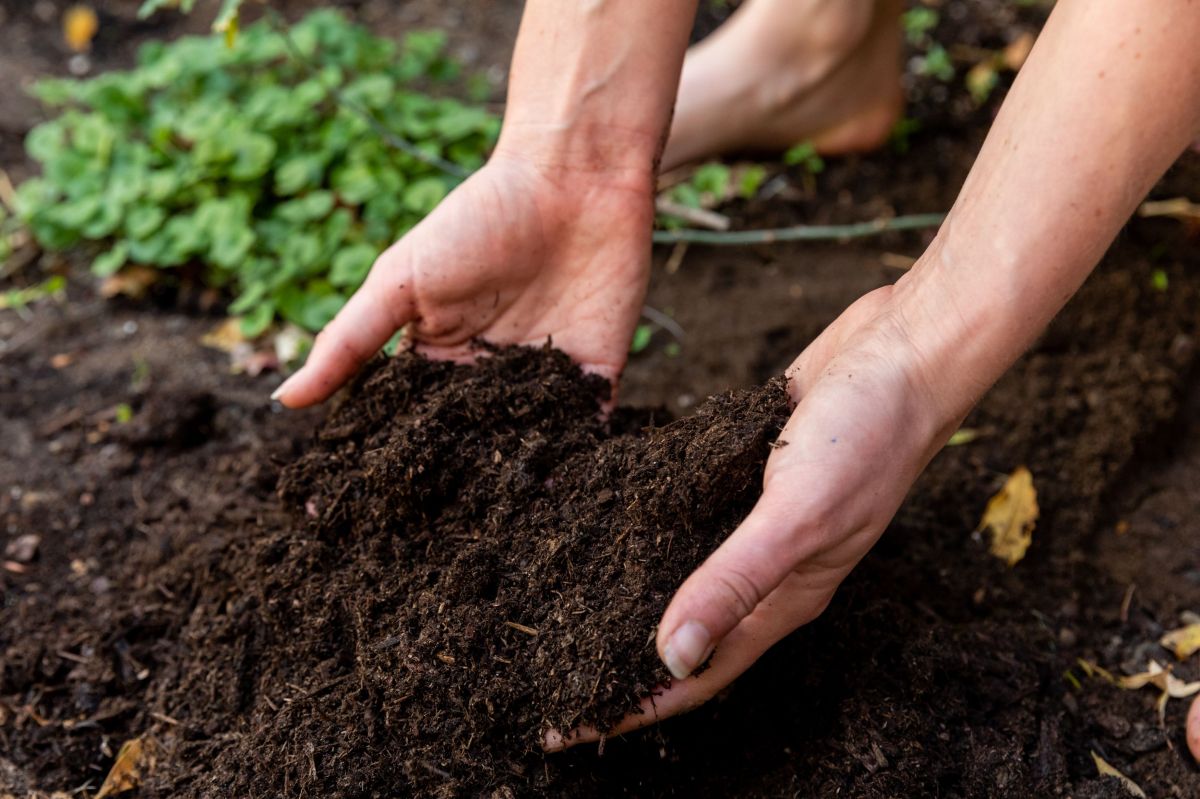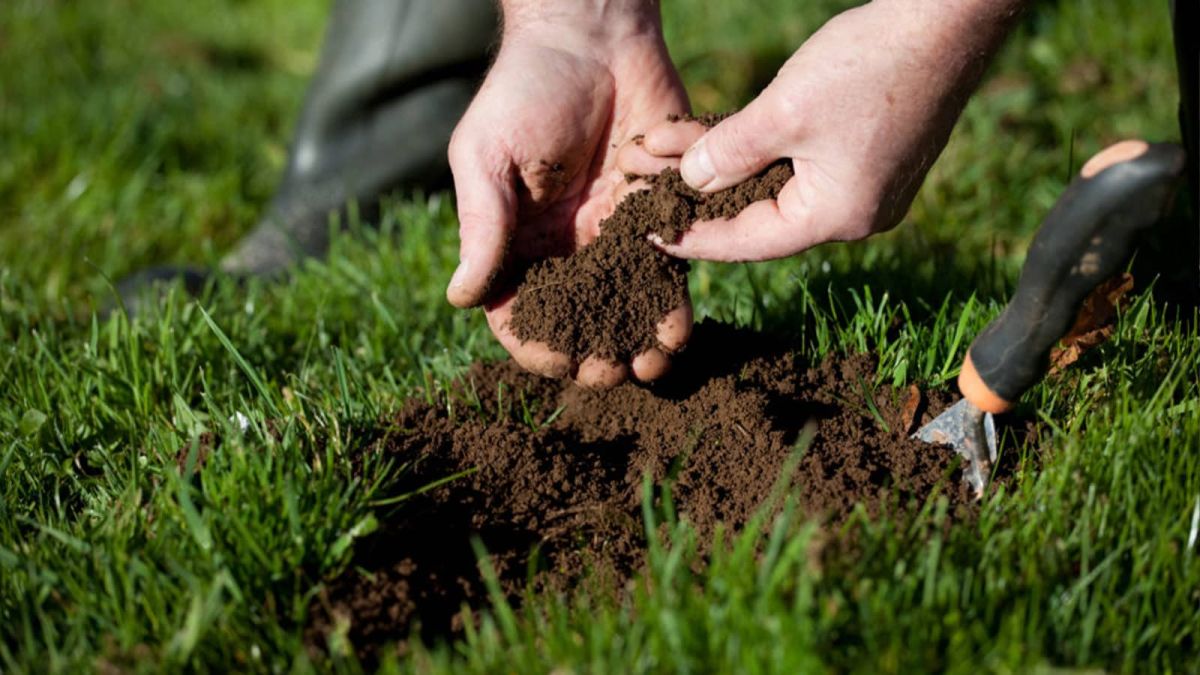

Discover the Secret to a Lush and Healthy Lawn
Read More ›
Blog
You don’t have to rely on luck to have a lush, green lawn

Nothing is more frustrating than looking out at your yard and seeing bare patches, weeds and brown grass when what you were hoping to see is a lawn that’s green and lush.
Oftentimes, the problem is a lack of proper nutrients.
If your soil is lacking in phosphorus, for example, your lawn won’t grow as vigorously as you would expect it to.
But too much phosphorus results in stunted growth. And phosphorus isn’t the only nutrient your lawn needs either… It needs nitrogen and potassium too. It also needs some organic matter… but again not too much.
It can all get a bit confusing, so you might be tempted to just buy a bag of fertilizer, cross your fingers and hope for the best.
But even that can be confusing. Do you get 16-4-8…10-10-10…15-0-15…? And what do those numbers actually mean? (See our post on how (and when) to fertilize your lawn.)
To fix the problem you need to do a little digging (literally) and figure out exactly what your soil needs.
You need to get your soil tested!
A soil test will tell you a number of things about your soil’s composition, such as:

You can pick up a soil test kit at most libraries. Kits are free, but you’ll have to mail it to Virginia Tech and pay a fee for processing. This is something we do for each new customer as part of our service.
The process is simple:
Once you get the analysis back you can determine the proper amount of fertilizer and organic matter to add to your lawn.
One of the first things we do for new clients is a complimentary test of their soil. From there, we know what to recommend to get their pH up to the proper level, which is usually a combination of lime and micronutrients.

Testing your soil isn’t a “one and done” proposition.
Once you get the kind of lawn you can really sink your toes into — you want to keep it that way! So it’s a good idea to get your soil tested every three years to make sure the nutrient levels haven’t changed and are still in balance.
Conditions are always changing, and it’s the only way to know for sure if your soil is lacking certain elements — just adding lime every year is no guarantee that your pH level is optimal.
If you’d rather not test your soil yourself, check out our Lawn and Garden Care Programs and give us a call or book a consultation.
The lawn care specialists at Brandon Rushing will test your soil for you and create a lawn care plan that’s right for your soil — and give you a lawn you can be proud of!
Written by Brandon Rushing, Founder & President
Posted on: September 15th, 2022